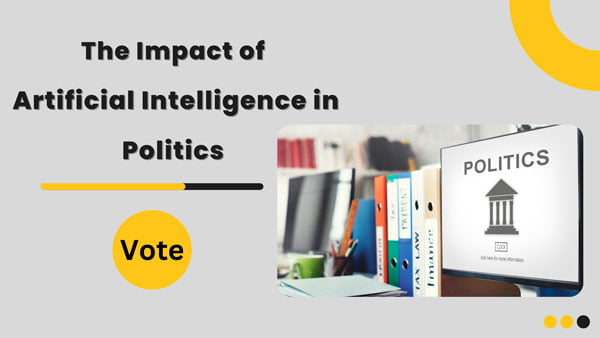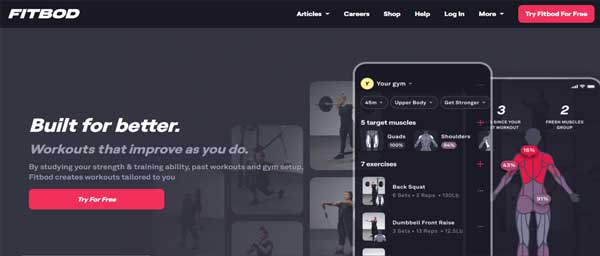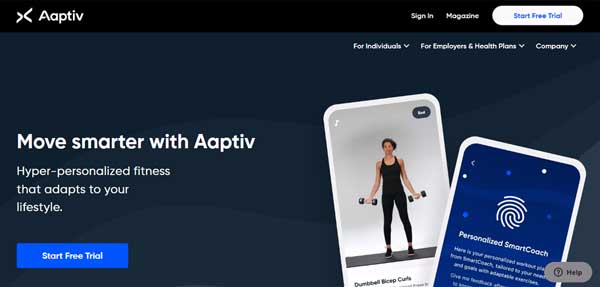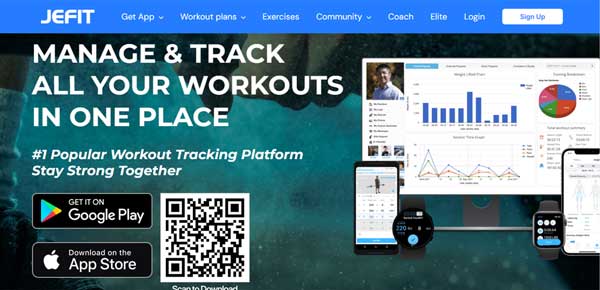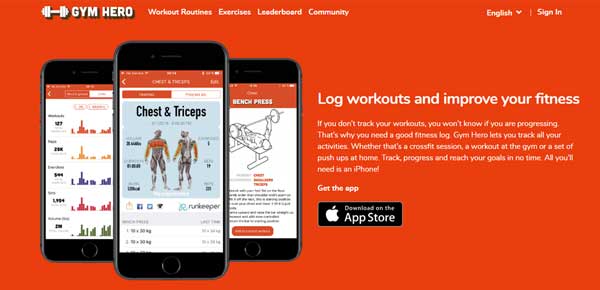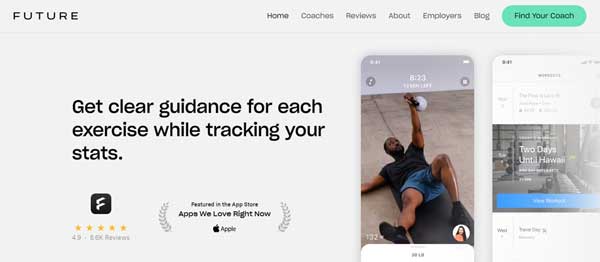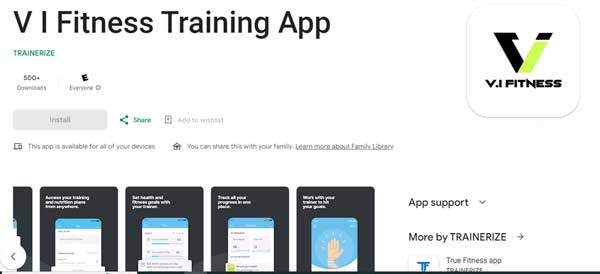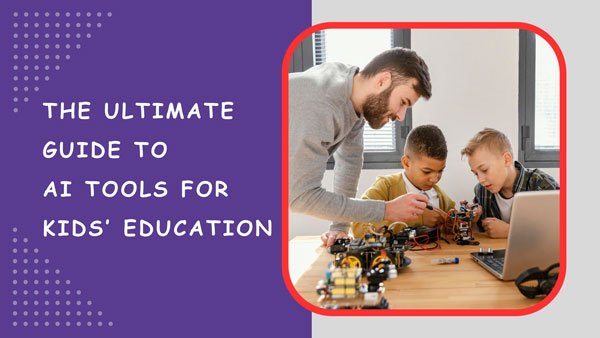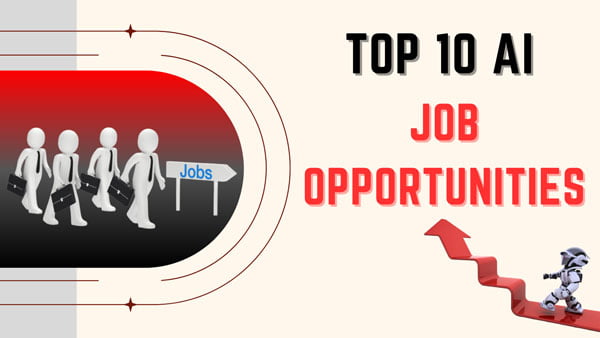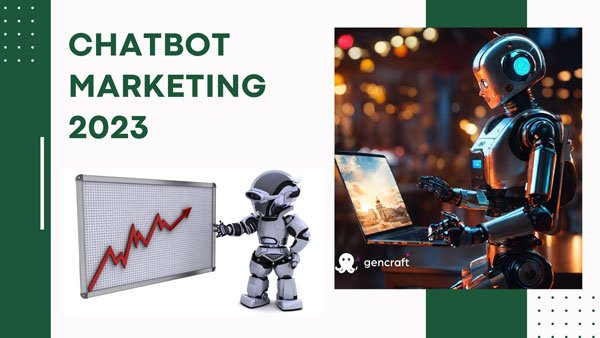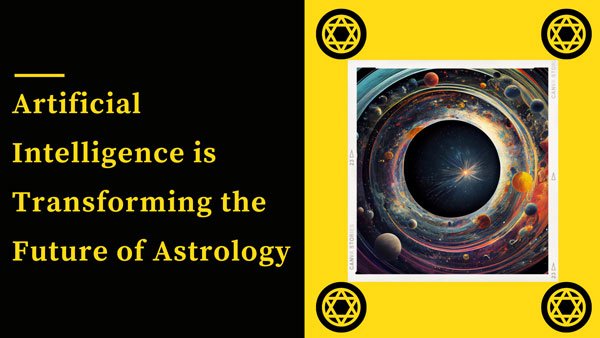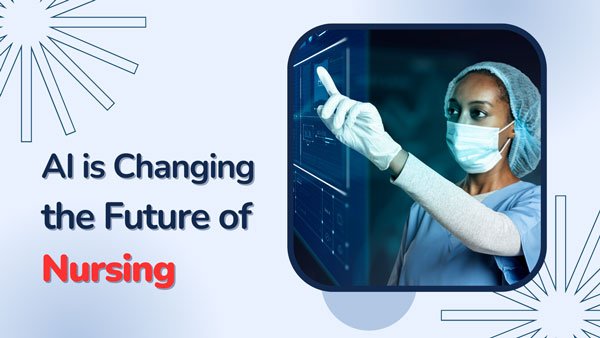AI for Insurance Surveyors: A Game-Changer in India
In the rapidly changing landscape of the insurance industry, insurance surveyors and loss assessors are undergoing a notable evolution. Their essential function is to evaluate claims and assess damages to ensure that policyholders receive equitable compensation. In this article, we will explore how AI is revolutionizing the way insurance surveyors and loss assessors work, making their tasks more efficient, accurate, and customer-centric.
The Current Landscape of Insurance Surveyors in India
Insurance assessors have traditionally had an important function in evaluating insurance claims, calculating compensation, and guaranteeing the effective operation of the insurance system. Notwithstanding, this duty has presented some difficulties, such as manual tasks that are time-consuming and the likelihood of inaccuracies.
Role of Insurance Surveyors and Loss Assessors
Before exploring the advancements of AI, it is crucial to grasp the fundamental duties of insurance surveyors and loss assessors. These experts play a vital role in the insurance claims procedure. Their main responsibilities comprise:
Claim Assessment: Insurance surveyors investigate and assess the validity of insurance claims, ensuring they comply with the terms and conditions of the policy.
Damage Evaluation: They evaluate the extent of damage caused by accidents, natural disasters, or other covered events, determining the cost of repairs or replacements.
Negotiation: Insurance loss assessors negotiate settlements between policyholders and insurance companies, striving for a fair resolution.
Documentation: Keeping detailed records and reports of their findings is crucial for an accurate claims process.
AI for Insurance Surveyors: A Game-Changer in India
The insurance industry in India is growing rapidly, and with it, the demand for skilled insurance surveyors and loss assessors. These professionals are responsible for assessing the damage caused by a loss and determining the amount of compensation that should be paid to the policyholder.
AI can be a valuable tool for insurance surveyors and loss assessors in India. It can be used to automate tasks, identify fraudulent claims, and assess risk.
Here are some important ways in which AI can be used by insurance surveyors and loss assessors in India:
Fraud Detection
AI can be used to identify fraudulent claims by analyzing data patterns and identifying inconsistencies. This is especially important in India, where insurance fraud is a major problem.
For example, a study by the Insurance Regulatory and Development Authority of India (IRDAI) found that insurance fraud in India cost insurers an estimated INR 30 billion (USD 400 million) in 2020. AI can help to reduce this fraud by identifying patterns that are often associated with fraudulent claims, such as claims that are made shortly after a policy is purchased or claims that are made for losses that are not supported by evidence.
Risk Assessment
AI can be used to assess the risk of a claim by analyzing a variety of factors, such as the policyholder’s history, the type of property or asset being insured, and the location. This can help insurers to make more informed underwriting decisions and set appropriate premiums.
For example, AI can be used to analyze historical weather data to assess the risk of a property being damaged by a natural disaster. This information can then be used to set premiums that reflect the actual risk of loss.
Faster Claims Processing
AI can be used to automate the claims processing process, which can help to speed up the process and reduce costs. This is especially important in India, where the insurance industry is still developing and there is a shortage of skilled manpower.
For example, AI can be used to automatically verify claims documents and to generate reports. This can free up surveyors and loss assessors to focus on more complex tasks.
Damage Assessment
AI can be used to assess the damage caused by a loss, which can help insurers make accurate and timely payments to policyholders. This is especially important in India, where the cost of repairs can be high and the process of getting repairs done can be slow.
For example, AI can be used to generate 3D models of damaged property, which can be used to estimate the cost of repairs. This information can then be used to make payments to policyholders quickly and efficiently.
Image Recognition
AI-powered image recognition can assess damage from photos and videos, providing a preliminary evaluation without the need for an immediate physical inspection. This speeds up the claims process and enhances efficiency.
Real-Time Assistance
Chatbots and virtual assistants powered by AI can provide real-time assistance to policyholders, answering questions, guiding them through the claims process, and providing updates on claim status.
Prevention
AI can be used to identify and prevent losses from happening in the first place. This is especially important in India, where the country is prone to natural disasters such as floods, earthquakes, and cyclones.
For example, AI can be used to monitor property for signs of damage, such as water leaks or structural cracks. This information can then be used to take steps to prevent further damage, such as repairing leaks or reinforcing structures.
The Top AI Tools for Insurance Surveyors

ClaimSure is a cloud-based tool that uses AI to identify fraudulent claims by analyzing data patterns and identifying inconsistencies. It can be used by insurance companies and surveyors to automate the claims review process.

ClaimForce is a cloud-based tool that uses AI to automate the claims processing process, which can help to speed up the process and reduce costs. It can be used by insurance companies and surveyors to automate tasks such as document verification and report generation.

IBM Watson offers a comprehensive suite of AI-powered tools for insurance professionals. In India, insurance surveyors and loss assessors can utilize Watson’s natural language processing capabilities to review policy documents, claim forms, and other documents quickly and accurately. Watson’s machine learning algorithms also help in fraud detection and risk assessment, allowing for more precise decision-making.

Tractable specializes in using AI for accident and disaster assessment. In India, where natural disasters can lead to numerous claims, Tractable’s AI tools are vital. Insurance surveyors and assessors can use Tractable’s technology to assess property damages and estimate repair costs quickly and accurately, ensuring that policyholders receive timely compensation.
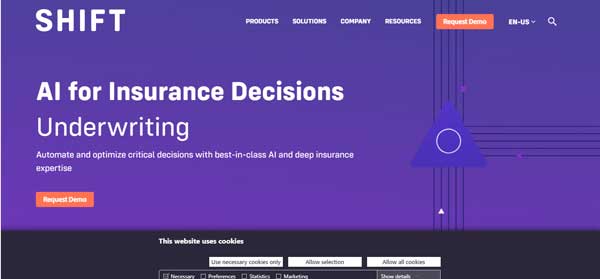
Shift Technology offers AI-driven fraud detection solutions for the insurance sector in India. Insurance surveyors and loss assessors can benefit from Shift’s fraud detection algorithms, which analyze claims data to identify irregular patterns and potential fraudulent activities. This tool helps professionals in India investigate claims more effectively, reducing fraudulent payouts.
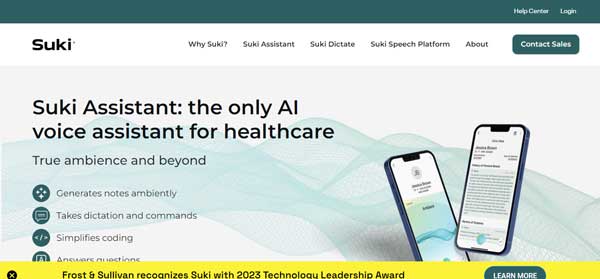
Suki.AI is an AI-powered virtual assistant designed to help insurance professionals, including surveyors and assessors, manage their workload more efficiently. In India, where customer service is crucial, Suki.AI’s chatbot capabilities can assist policyholders in filing claims, answering common queries, and providing real-time updates. This not only improves customer satisfaction but also allows surveyors and assessors to focus on more complex tasks.
Challenges and Limitations
Despite its advantages, AI in insurance surveying and loss assessment faces certain challenges and limitations in India.
Data Privacy Concerns
Collecting and storing vast amounts of data raises concerns about privacy and security. Insurance companies must ensure compliance with data protection regulations.
Integration Issues
Integrating AI systems with existing insurance processes can be complex and requires substantial investments in infrastructure and training.
Training and Expertise
Insurance professionals in India need to acquire the necessary skills to effectively use AI tools, which may require additional training and resources.
The Future of AI in Indian Insurance
As technology continues to advance, the future of AI in India’s insurance industry holds great promise. Some emerging trends and potential developments include AI-driven chatbots handling most customer interactions, personalized policy pricing based on AI-assessed risk profiles, and further automation of claims processing.
Conclusion
AI is reshaping the role of insurance surveyors and loss assessors, making their tasks more efficient, accurate, and customer-centric. With AI’s ability to process data rapidly, enhance risk assessment, streamline inspections, and provide real-time assistance, the insurance industry is better equipped to serve policyholders and adapt to the evolving landscape of insurance claims.
As technology continues to advance, embracing AI is not just an option but a necessity for those in the insurance surveying and loss assessing profession. Embracing these innovations will not only benefit professionals in the field but also improve the overall insurance experience for policyholders.
AI for Insurance Surveyors: A Game-Changer in India Read More »


